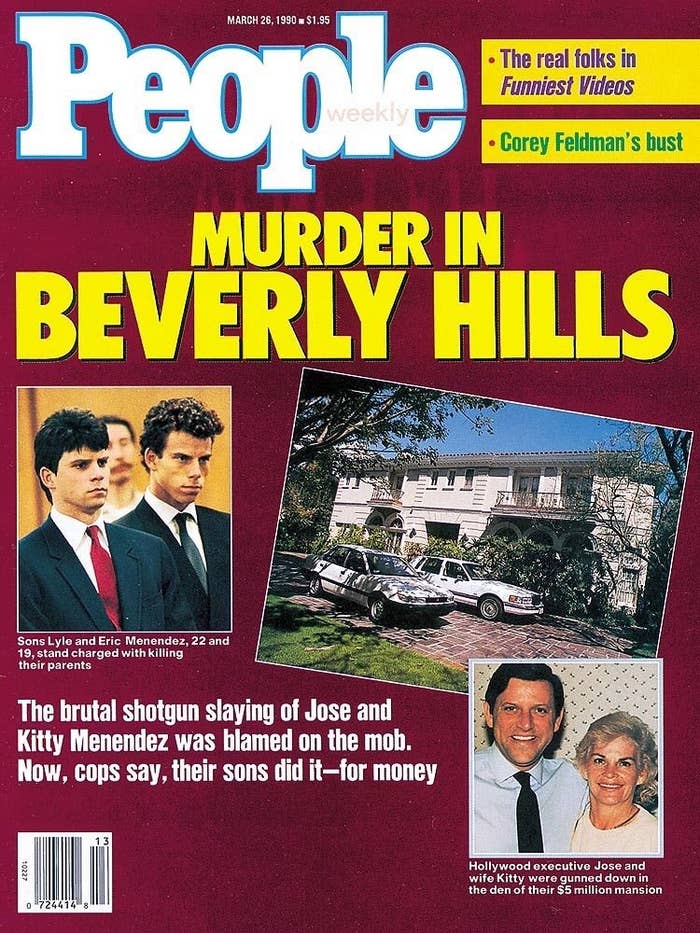In her professional life, Bly started her career at the Pittsburgh Dispatch when she wrote an angry letter to the editor of the paper in response to an article he published called, "What Girls Are Good For." In the article, girls were belittled and made to seem worthless, when Bly took her anger out on the editor, he was impressed by her writing and gave her a job working for the paper.
Bly's first articles that she wrote for the Pittsburgh Dispatch centered around the conditions of the working girls in Pittsburgh, the slum life, and other touchy subjects that weren't commonly addressed in news. As a result of these articles, Bly became known for being a sharp and concerned reporter. After these articles were published, the paper limited Bly to only writing articles on women. This raised frustration in Bly and caused her to soon leave the Dispatch to write pieces freely without any constrictions.
After leaving the Dispatch, Bly traveled through Mexico from 1886 to 1887 to write articles on corruption and the conditions of the poor. As a result of doing this type of writing, Bly was kicked out of the country for the sharp criticisms in her articles, angering Mexican officials.
Upon returning to the US, Bly started working as a reporter for Joseph Pulitzer's New York World in NYC in 1887. When she came to this new paper, she wanted to report on the immigrant experience in the US, but was turned down by Pulitzer. Instead he suggested that she write about the Blackwell Insane Asylum. This prompted one of her most well-known experiences that has been important in why we still study her work as a journalist today.To get herself committed to Blackwell's Asylum, Bly had to fake insanity and make herself seem like she belonged there. Shockingly, her charade was not difficult to pull off. Bly took residence in a temporary home for women and imitated the women around her that seemed to be the most insane. The matron of the house she was living in had the police escort her to court where she was deemed insane and sent to do time in Blackwell's Insane Asylum. Once committed, Bly took careful note of her experiences as well as those of the girls around her to wrote her own expose called Behind Asylum Bars. In her expose, she discussed the poor conditions of the asylum and brought about a grand jury investigation to help them get the improvements in patient care the establishment desperately needed. In the months following the publication of her expose, the poor conditions that she exploited were on the mend. Inmates were getting better living conditions and more nutritional food, the nurses and physicians that had been abusing some of the patients were fired, and translators were hired to assist the foreign born patients who may not have been mentally ill but just couldn't understand the people they were interacting with.

Bly's career as a writer didn't stop there, however. in 1890, Bly wrote a book titled Nellie Bly's Book: Around the World in Seventy-Two Days after completing a 72 day long flight around the world to disprove Jules Verne, a man who had previously done the same trip in 80 days. However, Bly only managed to hold on to the record for a few short months. Soon after, business man George Francis Train completed the same journey in 67 days.
After her exposition, Bly continued to write. Some of her most influential pieces that she published following her journey include interviews with anarchist activist and writer Emma Goldman and social politician Eugene V. Debs and major stories such as the March of Jacob Coxey's Army on Washington, D.C. and the Pullman strike in Chicago both of which were fighting for workers' rights.
On March 11, 1904 Bly's husband, Robert Seaman, passed away. After his death, Bly took up his business, Iron Clad Manufacturing Company and American Steel Barrel Company. In this role, she was able to patent numerous inventions within oil manufacturing that have still remained useful today including the first practical 55-gallon oil drum. During this time, it was an issue having to transport oil in traditional wooden barrels and there was a need for durable, leak-proof barrels. On a trip to Europe in 1904, Bly observed the use of glycerin steel containers for oil and became determined to bring the steel barrel to American trade. Soon after, she obtained a patent for her design of the "metal barrel" which she designed the following year. She put her design on the market for American trade and taught people how to use it, greatly increasing the sustainability of oil during shipping.
Taking a turn from her role as a journalist, Bly took a shot at being a business owner. In the beginning, things were going well, she prioritized the welfare of her employees, gave them health care benefits and recreational facilities, and she seemed to be on the right path until things took a turn.
The workers at Bly's company ended up committing fraud and Bly slipped up on her management of the finances. As a result, the company went bankrupt.
Seeing as being a business owner wasn't her strong suit, Bly went back to the New York Journal to work again as a reporter in 1920. She covered news on WWI from Europe and continued to write about major issues effecting women.
Bly passed away on January 27, 1922 in New York from pneumonia. In a tribute to her death, famous newspaper editor Arthur Brisbane marked Bly as "the best reporter in America," and that's how she's always been remembered to this day.













